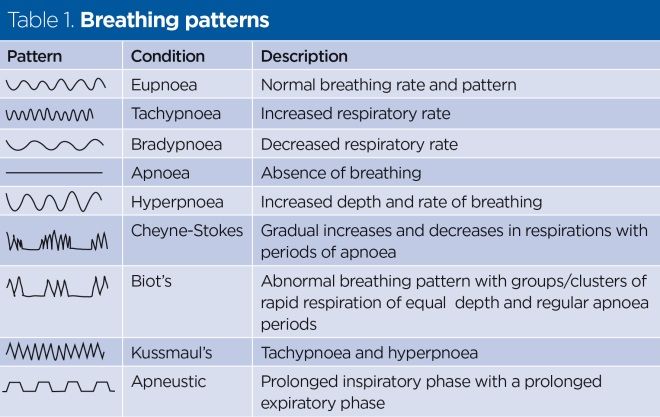PDF] Breathing pattern disorders : identifying and managing in primary care

Breathing pattern disorders or dysfunctional breathing, historically known as hyperventilation syndrome, are chronic abnormal respiratory patterns in relation to the efficiency of breathing, often resulting in dyspnoea and other non-respiratory symptoms. 48 GPN 2017, Vol 3, No 2 Breathing is a normal vital function which is spontaneous, regular, quiet and effortless and reflects the way that the respiratory system functions. Breathing pattern disorders or dysfunctional breathing, historically known as hyperventilation syndrome, are chronic abnormal respiratory patterns in relation to the efficiency of breathing, often resulting in dyspnoea and other non-respiratory symptoms (Clifton-Smith and Rowley, 2011). It is not a disease process, but alterations in breathing patterns that interfere with normal respiratory processes. Breathing pattern disorders can occur with an absence of disease or co-exist with many diseases such as chronic obstructive pulmonary disease (COPD), asthma, or heart disease, and in some cases, can mimic cardiac symptoms. Long-term conditions: breathing pattern disorders
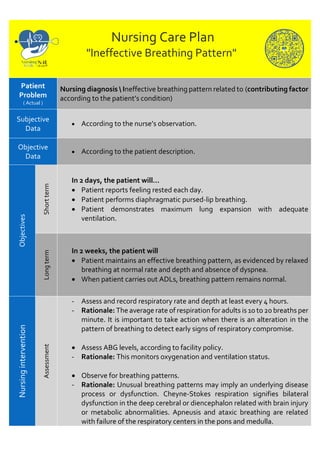
Ineffective Breathing Pattern Nursing Care Plan
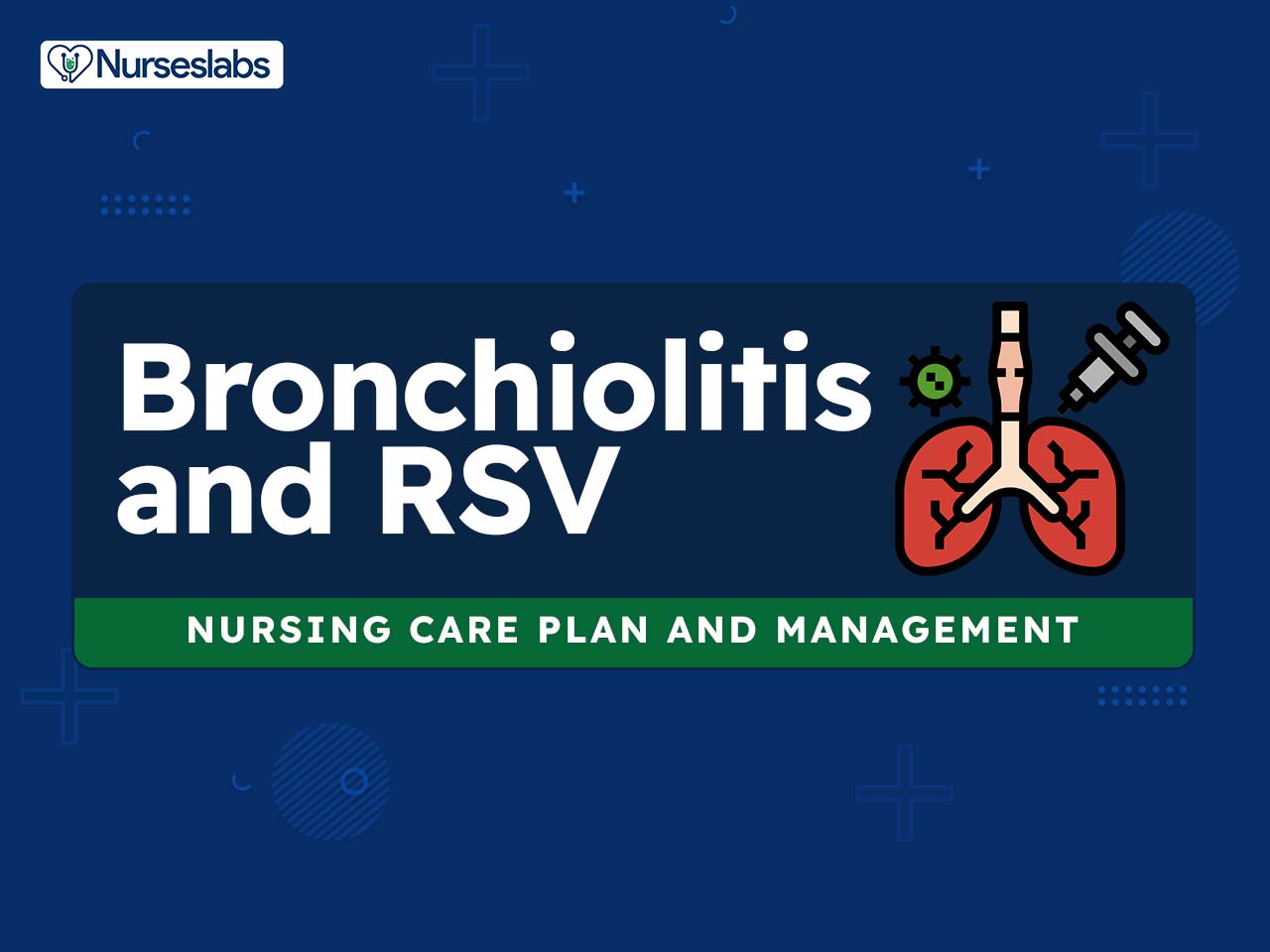
7 Bronchiolitis & Respiratory Syncytial Virus (RSV) Nursing Care Plans - Nurseslabs
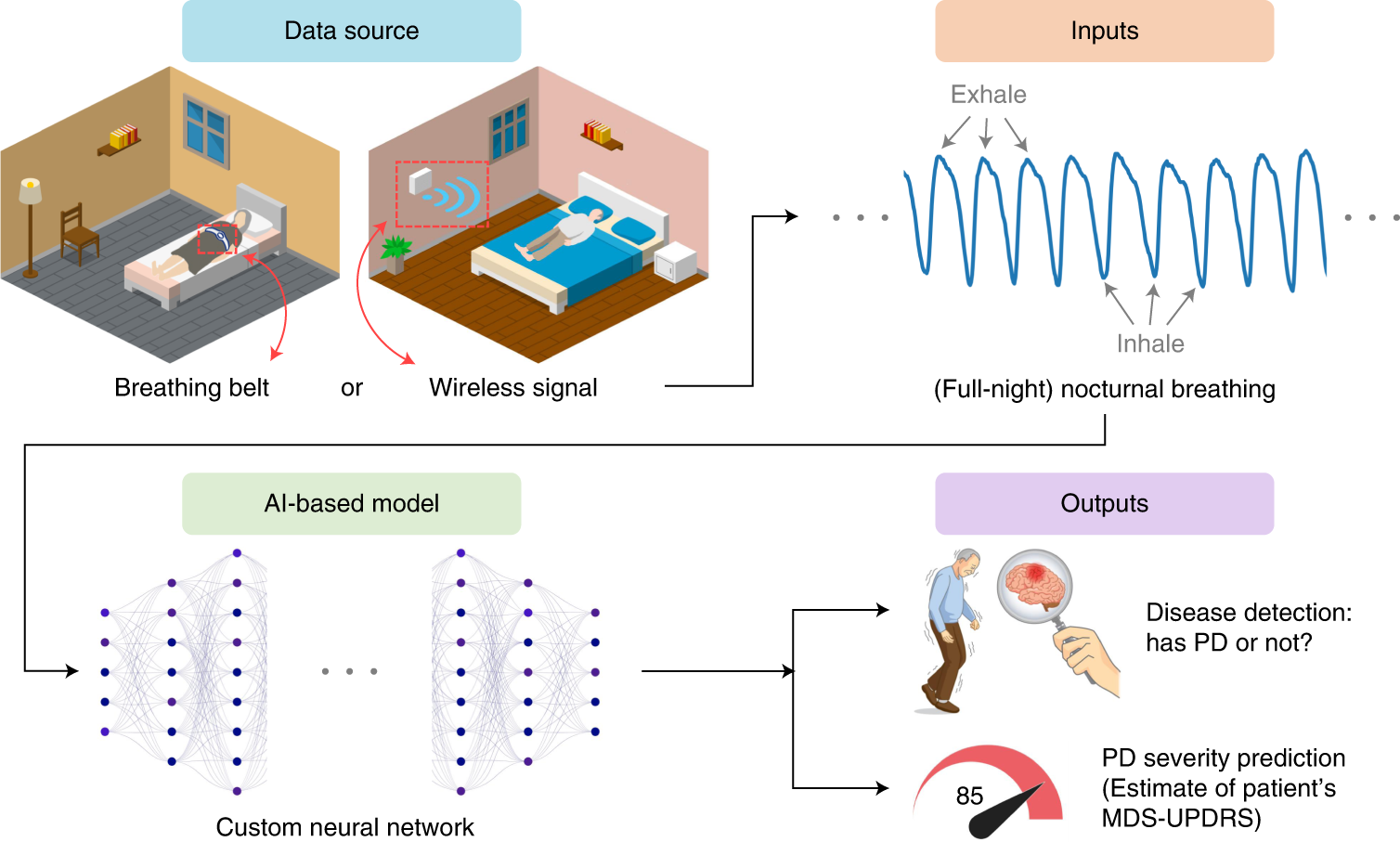
Artificial intelligence-enabled detection and assessment of Parkinson's disease using nocturnal breathing signals

Breathing Pattern Disorder — Long COVID Physio
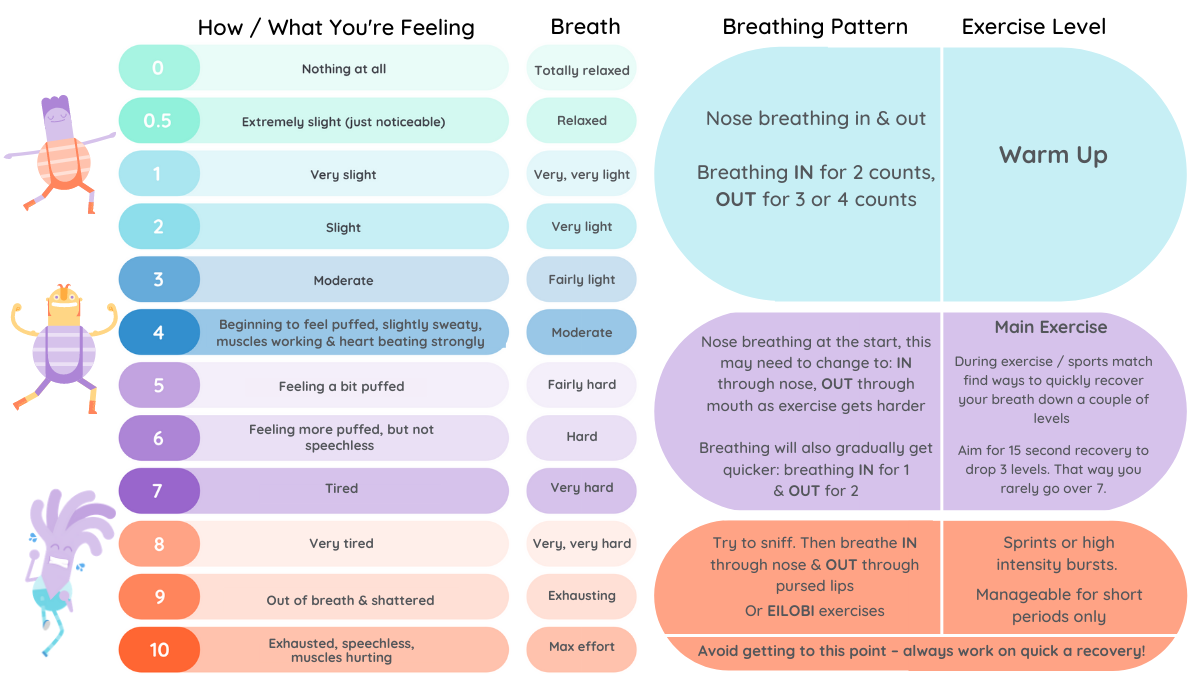
Physiotherapy in the management of children with asthma and altered breathing patterns - resources

Chronic Obstructive Pulmonary Disease (COPD) Nursing Care Management
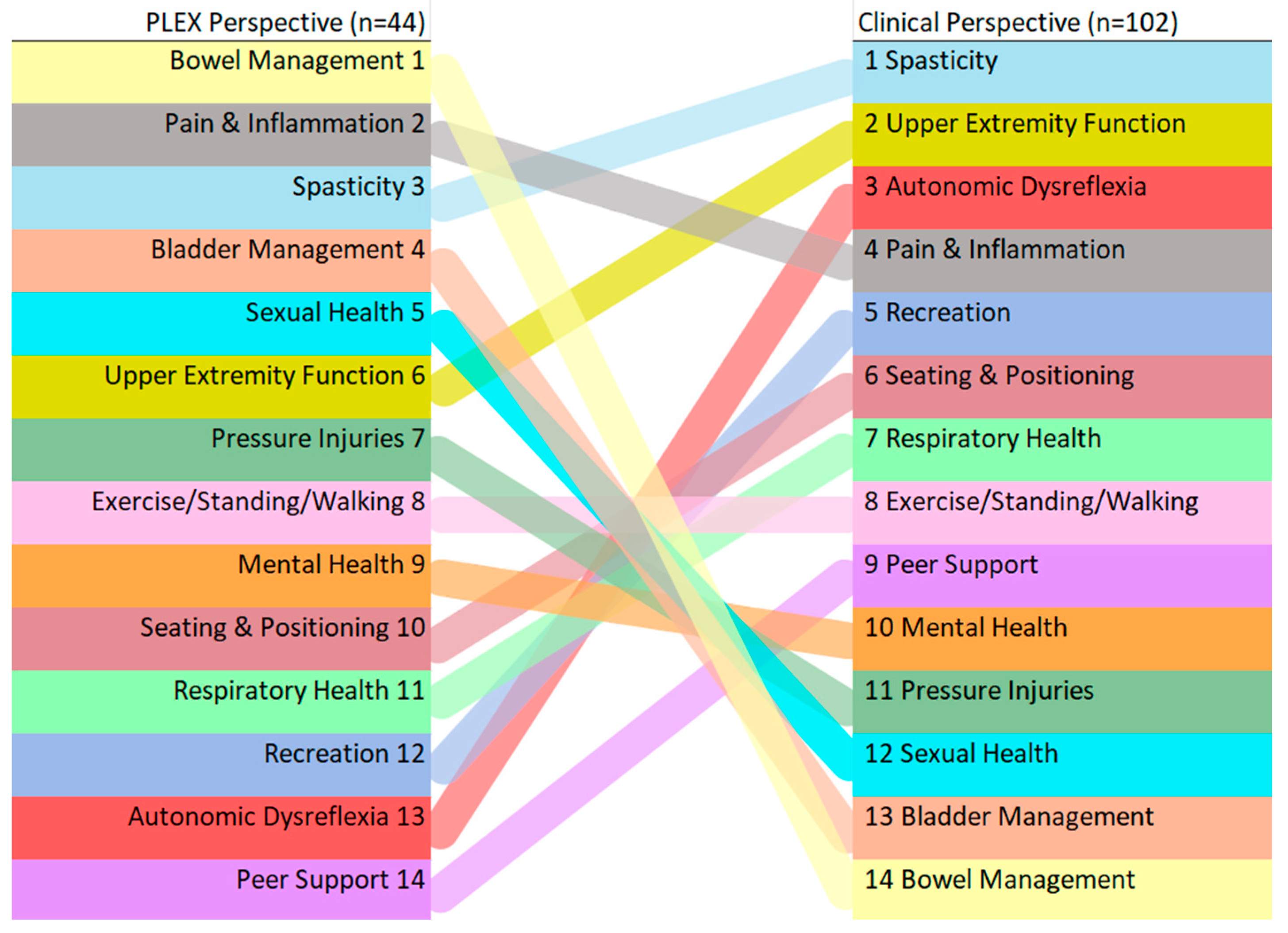
Healthcare, Free Full-Text
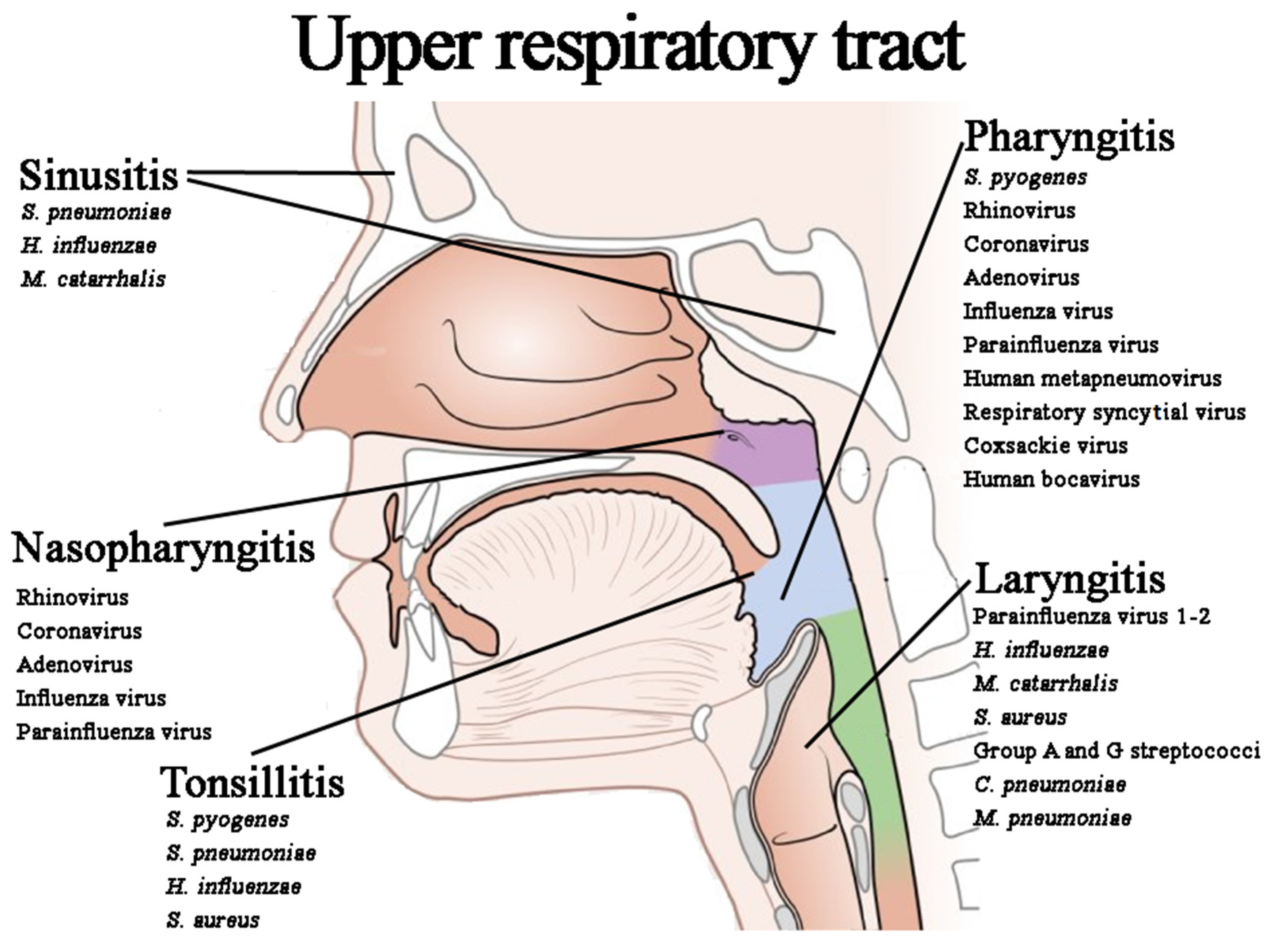
Microorganisms, Free Full-Text
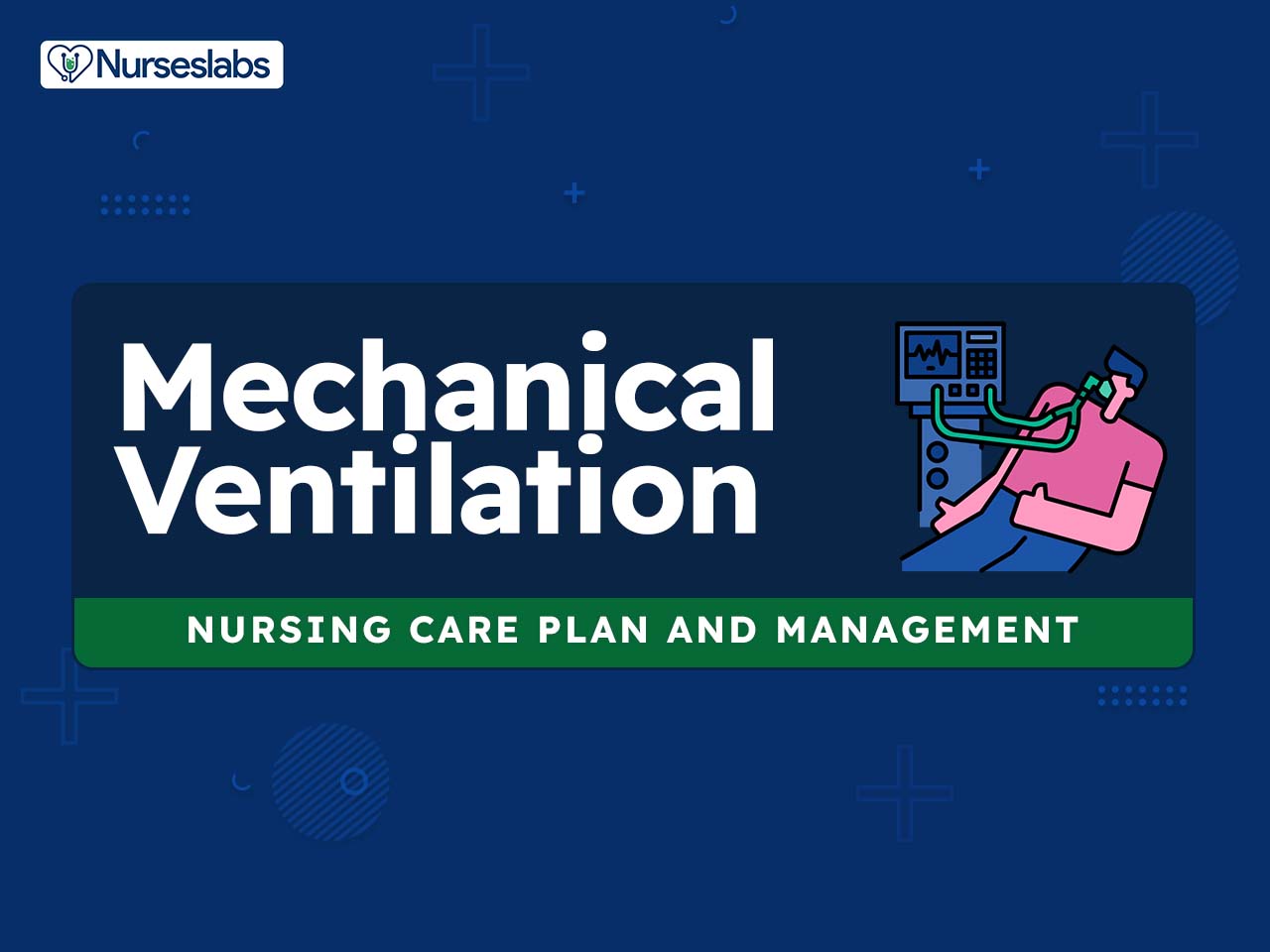
11 Mechanical Ventilation & Endotracheal Intubation Nursing Care Plans and Management - Nurseslabs

PDF] Chapter 1 – What are breathing pattern disorders?

PDF) Identification and management of dysfunctional breathing in primary care

PDF] Breathing pattern disorders : identifying and managing in primary care
